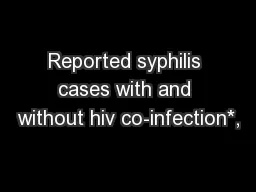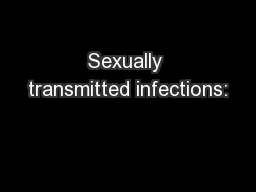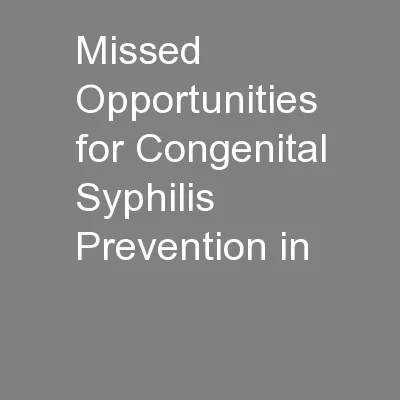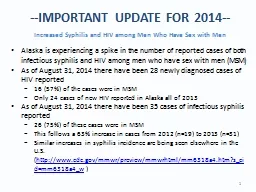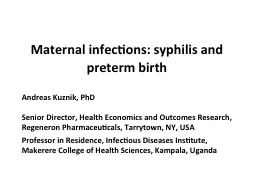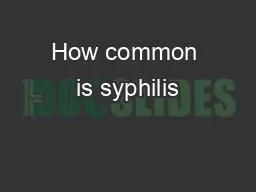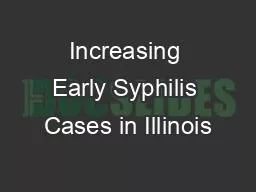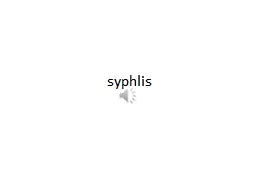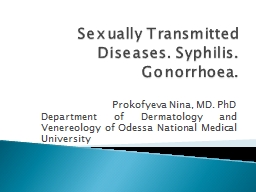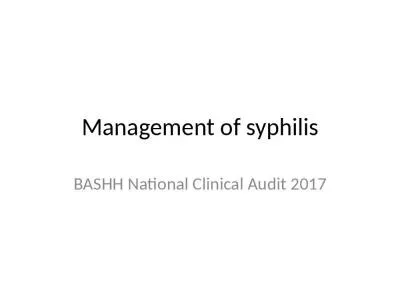PPT-Reported syphilis cases with and without hiv co-infection*,
Author : myesha-ticknor | Published Date : 2018-11-08
Wisconsin 2016 Created by the State of Wisconsin STD Control Section All syphilis cases are diagnosed for the current year of the report however the coinfected
Presentation Embed Code
Download Presentation
Download Presentation The PPT/PDF document "Reported syphilis cases with and without..." is the property of its rightful owner. Permission is granted to download and print the materials on this website for personal, non-commercial use only, and to display it on your personal computer provided you do not modify the materials and that you retain all copyright notices contained in the materials. By downloading content from our website, you accept the terms of this agreement.
Reported syphilis cases with and without hiv co-infection*,: Transcript
Download Rules Of Document
"Reported syphilis cases with and without hiv co-infection*,"The content belongs to its owner. You may download and print it for personal use, without modification, and keep all copyright notices. By downloading, you agree to these terms.
Related Documents

